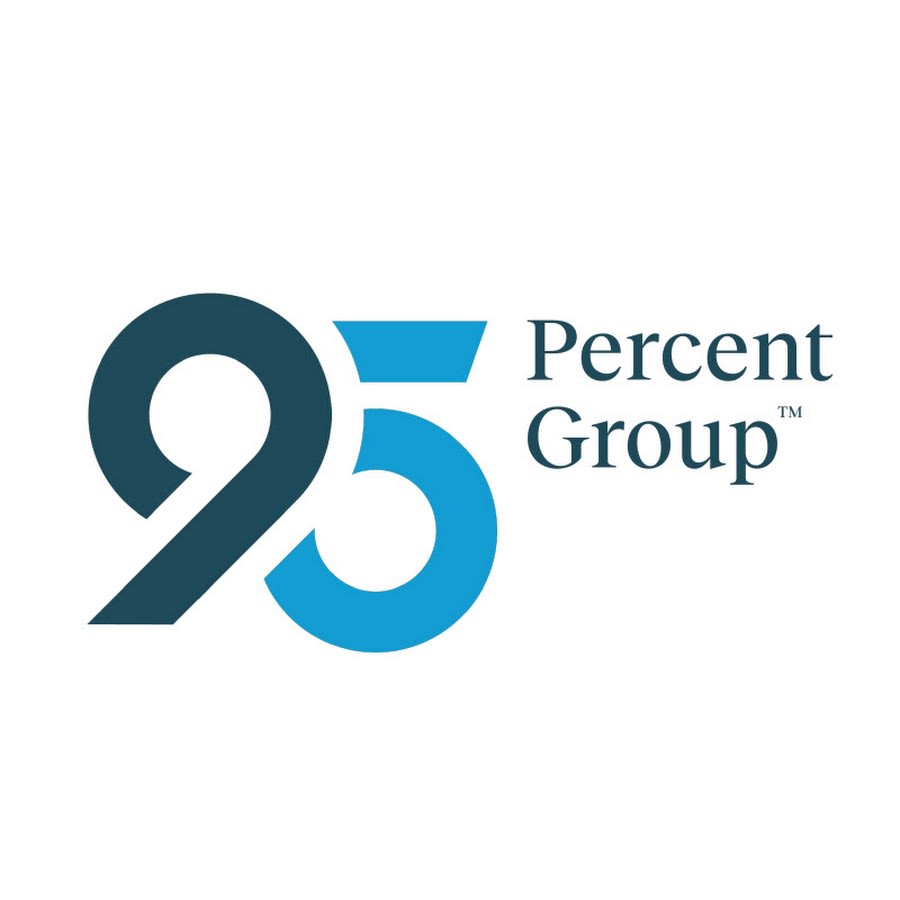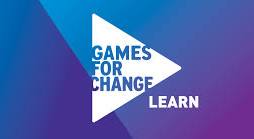Dive Brief:
- A steady 50-year decline in enrollment has led some Catholic schools to adopt innovative new approaches to instruction and governance, such as using public-voucher and tax-credit programs.
- In the mid-1960s, an estimated 5.6 million students attended around 13,000 U.S. Catholic schools, but today a reported 2 million students attend 6,500 such schools.
- Individual church and school leaders, local philanthropists and social entrepreneurs have helped the schools survive by helping create consortiums like Los Angeles' Catholic School Consortium and Minneapolis' Catholic Schools Center of Excellence.
Dive Insight:
The new collaborative approach will likely continue to help struggling Catholic schools, and much can be generally gained from sharing strategies to avoid pitfalls and tackle common problems as they arise.
Other new models of Catholic education, like the Cristo Rey charter network, have seen mixed results. Megan Sweas, the author of “Putting Education to Work,” a book that profiles 28 schools comprising the Catholic private school network, previously told Education Dive rising costs and declining enrollment are continuing challenges for Catholic institutions.
To Sweas, models like Cristo Rey can help overall, but aren't the right fit for all students. "The Cristo Rey model started as a solution to the financial question," she said. High school students at Cristo Rey work one or two days per week in corporate internships, and the businesses pay the schools a fee to cover a portion of the students' tuition, thus providing an economically viable avenue for low-income students who could not otherwise afford Catholic education to attend the schools.





 Dive Awards
Dive Awards








